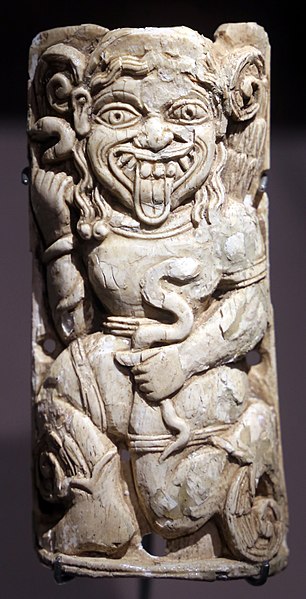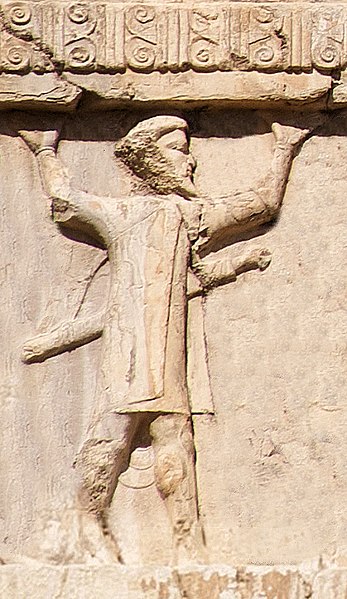Priene was an ancient Greek city of Ionia located at the base of an escarpment of Mycale, about 6 kilometres (3.7 mi) north of what was then the course of the Maeander River. It was 67 kilometres (42 mi) from ancient Anthea, 15 kilometres (9.3 mi) from ancient Aneon and 25 kilometres (16 mi) from ancient Miletus. The city was built on the sea coast, overlooking the former Latmian Gulf of the Aegean. It was developed on steep slopes and terraces extending from sea level to a height of 380 metres (1,250 ft) above sea level at the top of the escarpment. Because of siltation from the river filling the bay over several centuries, the city is now an inland site. It is located at a short distance west of the modern village Güllübahçe Turun in the Söke district of Aydın Province, Turkey.

The Temple of Athena, funded by Alexander the Great, at the foot of an escarpment of Mycale. The five columns were erected in 1965–66 from rubble and are 3 metres (9.8 ft) shorter of the calculated original column height.
The cliff side of the acropolis, with the Temple of Athena in the foreground
Dedication of Alexander the Great to Athena Polias at Priene. British Museum
Greek theatre at Priene
Ionia was an ancient region on the western coast of Anatolia, to the south of present-day İzmir, Turkey. It consisted of the northernmost territories of the Ionian League of Greek settlements. Never a unified state, it was named after the Ionians who had settled in the region before the archaic period.
Mount Mycale, site of the Panionium
Gorgone with serpent, Ionia, 575-550 BC.
One of the earliest electrum coins struck in Ephesus, 620–600 BC. Obverse: Forepart of stag. Reverse: Square incuse punch.
Ionian soldier of the Achaemenid army, c. 480 BCE.








